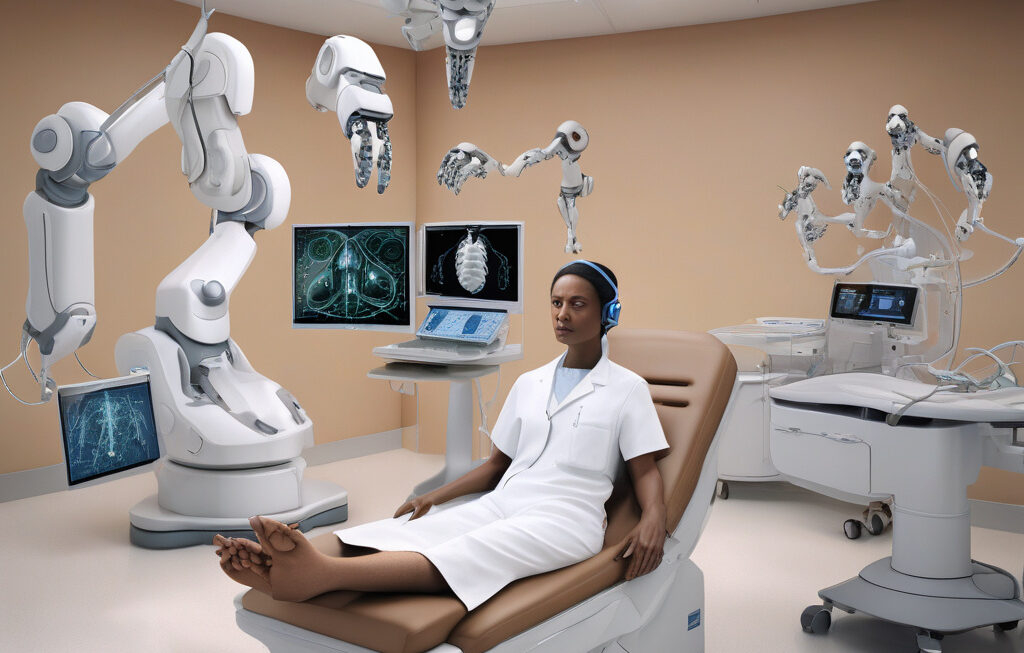AI Tool Enhances Accuracy in Detecting Heart Disease
In the realm of healthcare, advancements in technology continue to revolutionize the way we approach the diagnosis and treatment of various medical conditions. One such breakthrough comes in the form of a newly calibrated AI model that is making waves in the field of cardiology. Specifically, this cutting-edge technology is enhancing the accuracy of detecting hypertrophic cardiomyopathy, a condition that affects the heart muscle.
Hypertrophic cardiomyopathy is a genetic disorder characterized by the thickening of the heart muscle, which can lead to serious complications such as heart failure, arrhythmias, and even sudden cardiac death. Early detection and accurate risk assessment are crucial in managing this condition and preventing adverse outcomes. This is where the AI tool proves to be invaluable, offering more precise risk assessments than ever before.
Traditionally, the assessment of hypertrophic cardiomyopathy risk has relied on a combination of clinical evaluation, medical history, and diagnostic tests such as echocardiograms and genetic testing. While these methods are effective to a certain extent, the newly calibrated AI model takes risk assessment to a whole new level. By analyzing vast amounts of data and identifying subtle patterns that may not be apparent to the human eye, the AI tool can provide insights that significantly enhance the accuracy of diagnosing and predicting the progression of hypertrophic cardiomyopathy.
One of the key advantages of using AI in this context is its ability to process and interpret data at a speed and scale that surpasses human capabilities. This means that healthcare providers can make more informed decisions in a timelier manner, leading to better outcomes for patients. Additionally, the AI tool can continuously learn and improve its algorithms based on new data, ensuring that its diagnostic accuracy evolves over time.
The impact of this AI tool extends beyond individual patient care. By improving the accuracy of detecting hypertrophic cardiomyopathy, healthcare systems can allocate resources more efficiently, prioritize high-risk patients for closer monitoring, and tailor treatment plans to each patient’s specific needs. Ultimately, this leads to better outcomes, reduced healthcare costs, and improved overall quality of care.
Furthermore, the integration of AI technology in cardiology sets a precedent for the future of healthcare, demonstrating the immense potential of collaboration between human expertise and artificial intelligence. As AI continues to advance and become more sophisticated, we can expect to see even greater improvements in diagnostic accuracy, treatment efficacy, and patient outcomes across various medical specialties.
In conclusion, the newly calibrated AI model represents a significant milestone in the field of cardiology, particularly in the detection and management of hypertrophic cardiomyopathy. By harnessing the power of artificial intelligence, healthcare providers can now offer more precise risk assessments, leading to earlier interventions and better outcomes for patients. As technology continues to transform the landscape of healthcare, the potential for AI to enhance diagnostic accuracy and improve patient care is truly remarkable.
healthcare, cardiology, AI, hypertrophic cardiomyopathy, diagnosis












